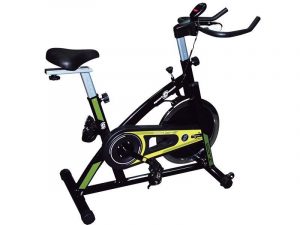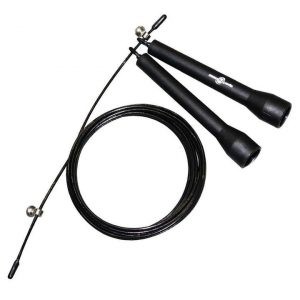Características del Producto
| Peso | 38 kg |
|---|---|
| Dimensiones | 108 × 20 × 82 cm |
| Peso Máximo de Usuario | 100 Kg |
| Sistema de arrastre | Cadena |
| Peso de Volante | 13 Kg |
| Sistemas Multiposición | 3 |
Original price was: $1.331.569.$998.676Current price is: $998.676. IVA
Descripción:
Color sujeto a disponibilidad
| Peso | 38 kg |
|---|---|
| Dimensiones | 108 × 20 × 82 cm |
| Peso Máximo de Usuario | 100 Kg |
| Sistema de arrastre | Cadena |
| Peso de Volante | 13 Kg |
| Sistemas Multiposición | 3 |
La bicicleta spinning Bari es un equipo cardiovascular que permite aumentar la resistencia física, fortalecer el pulmón y el corazón.
Es una excelente opción para entrenar desde casa ya que al ser de Sport Fitness es de una calidad espectacular. En efecto, su estructura es de hierro y su pintura electrostática es de larga duración. Además, para tu comodidad cuenta con 3 sistemas multi posición, manubrio antideslizante y galápago en espuma de alta densidad.
Te protege por medio del freno de seguridad.
La puedes poner en el lugar que desees o incluso moverla constantemente, ya que la bicicleta spinning Bari de Sport Fitness viene con rodachinas.

Su ciclo computador te indica información para monitorear tu rutina y tu cuerpo: velocidad, distancia recorrida, calorías quemadas y tiempo entrenado.
Su sistema de arrastre es cadena.
Otras características de la bicicleta spinning Bari de Sport Fitness
Color Sujeto a disponibilidad.



Debes acceder para publicar una reseña.
Gerardo perez moreno –
Excelente ya he comprado artículos de sport fitness.